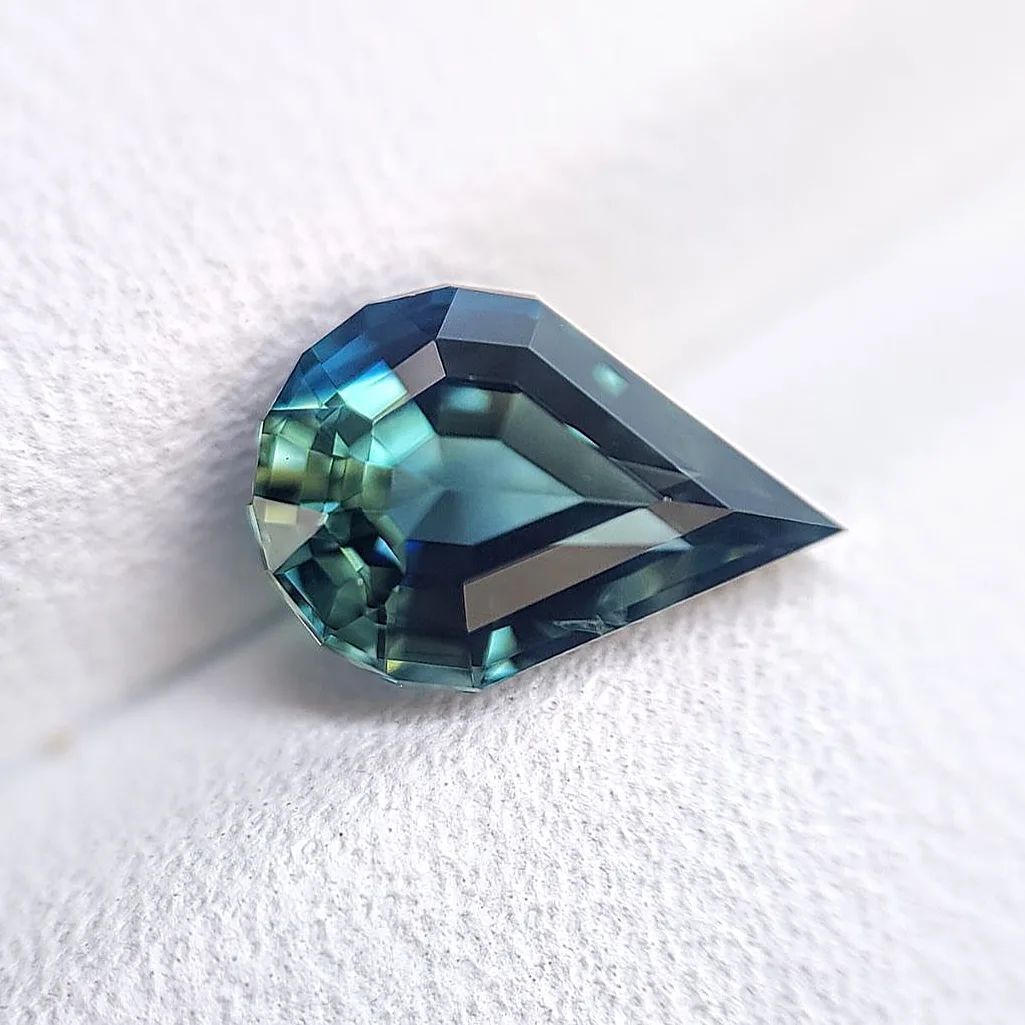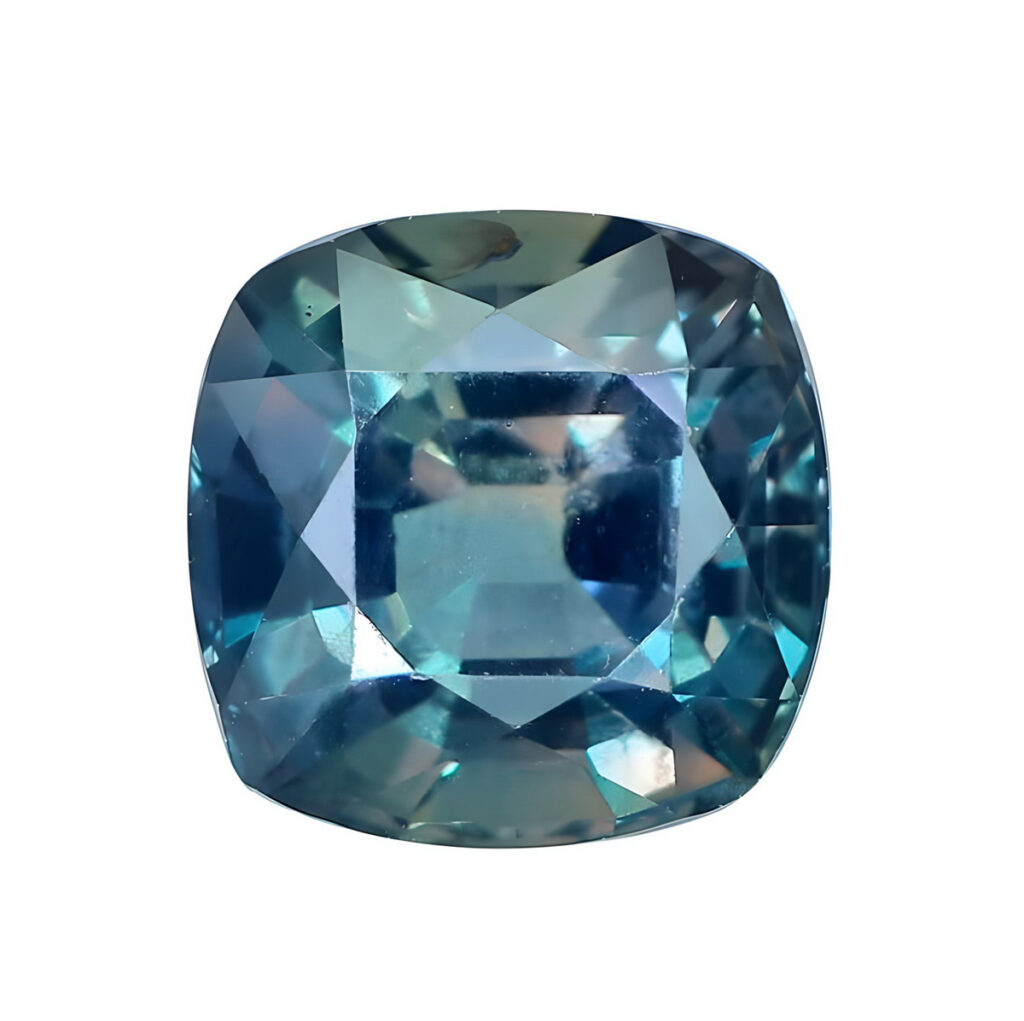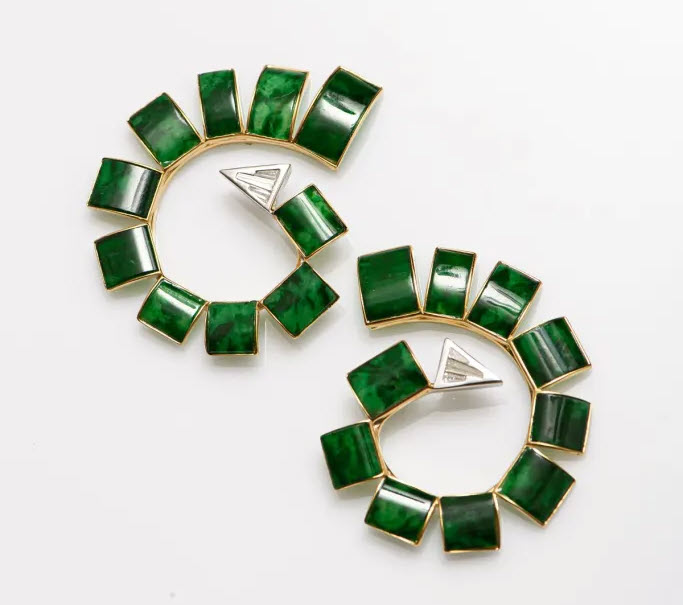Navneet Gems provides guidance and tips on traceability and the rise of Australian Sapphires in the engagement ring.

Sustainable practices, including the issues of tracking and traceability, are gaining momentum in the colored gemstone supply chain. Consumers are increasingly interested in knowing where and how the materials that form their pieces are extracted and manufactured. The truth is unless you have physically gone directly to the mine to view their extraction practices, or know and work with small-scale miners, right now it is challenging to guarantee that gemstones are 100% ethically and sustainably sourced.
“Ethically sourced,” “responsible,” “eco-friendly,” “fair-mind” and “sustainable” have become the ubiquitous buzzwords of the jewelry industry popping front and center in every tagline, which is far easier to claim than to achieve. We often want to know more of the story, where the stone was found, who found it and where did it travel afterward. The journey of the gemstone is the paramount question.
Given the importance of the subject, in an extremely fragmented industry, progress is being made to properly communicate supply chain information. Bangkok-based gemstone expert Navneet Agarwal of Navneet Gems and Minerals believes in an open discussion to help usher in a new level of transparency.
“The gemstone and jewelry trade is usually a family business and it is important to have an open discussion about what happens and what can be done about it. As a company and supplier, we have to make this a norm, even before the customer asks us to provide verification and authentication documentation of the stones. We understand that it may not always be possible, especially in the case of recycled stones, but at least an attempt at verifiable tracing has to be made.”
Committed to Sustainability: How to pick your gems
The gemstone trade has long been plagued by the lack of traceability and transparency, due to unregulated and complex supply chains, displacement of indigenous communities, child labour, and more. Sustainability continues to be at the forefront of the consumer mindset driven by conscious decisions and the environment. However more needs to be done to provide consumers with greater transparency that leads to informed purchasing decisions. Reputable suppliers are increasingly keeping close track of the journey of their gemstones from mines to market.
“The only way to ensure that your supplier is one from this group is when they have evidence of this,” says Agarwal.
To be confident in the ethical reputation of a gemstone supplier, choose companies that have a proven record of traceable supply chains. Agarwal says
“This can be done by providing documentation such as images from the mines, cutting facilities, disclosure certificates, mining licenses. The key is to know that you can quickly understand the origins of your product. The consumer has every right to know the social, environmental, cultural and humanitarian impact of his purchase.”
Other conscious options may include recycled gemstones that come from a known source or the more affordable alternative of lab-grown stones.
Here are some routine questions worth asking
- Have you visited the mining sites you buy from? Do you have any evidence of your visit and verification?
- Have you visited the factories or workshops where your stones are cut? Do you have any evidence of your visit and verification?
Creating a meaningful dialogue about responsible sourcing is extremely important to the overall industry. Agarwal explains
“If a supplier cannot provide evidence of their supply chains, ask why and if this is something they are working towards.”
Browse the local gemstone districts and you’ll find many independent gemstone traders unable to disclose any real tangible information. Within Thailand, Chanthaburi and Bangkok are the major trading hubs. Ethical sourcing is often not a factor considered in many gemstone districts like Chanthaburi and Agarwal wants to bring a change to this.
“We buy from people who we know are connected with the mines and try to purchase Thai rough sapphires and cut them ourselves. The trade is so vastly spread out that only strict government and administrative regulatory action can streamline the gemstone business.”
As a way to unveil efforts to improve traceability, Agarwal has been buying stones directly from traceable sources and ensuring that producers are treated well and paid fairly. “
We believe in supporting the local community in the gemstone trade, as this is what has supported many generations. This 75+ year old man had been trying to sell his gemstones in an old town in Chanthaburi, to buy the house he is renting out. By paying a premium on his gemstones, we may have eased his burden a bit.”
Their vertically integrated business model spans mines and cutting factories based between Bangkok and Jaipur, meaning they have full control over the manufacturing process.
“This ensures that quality control of not just the gemstones but also the work environment is under scrutiny and any leaks and gaps can be apprehended and corrected internally. However, most gemstone dealers around the world do not have this facility and have to rely on an external source for their supply.”

Australian Sapphires – Traceable Source
Over the last 20 years, Australian mines have assumed a major role in the production of blue sapphires. Third-generation Bangkok-based gem trader Navneet Agarwal sources teal and green sapphires from multiple suppliers in Australia, where labor laws are sound and working conditions are fair.
“We are extremely comfortable working with Australian suppliers due to their strict regulation policies regarding mining and cutting. Australia and Montana are considered the safest for ethical sourcing.”
Although blue is the color most associated with sapphires, Australian sapphires come in a variety of colors, but predominantly blue, yellow, and green.
“ Australian sapphires are typically more saturated due to the higher ferrous content when compared to Montana or African sources.”
While classic diamonds remain popular, sapphires continue to be a favored bridal gem choice due to their hardness and durability. Teal sapphires have risen in popularity with many brides seeking alternative shades and unconventional styles. Agarwal noted that fancy and hexagon cuts have become a primary choice for young consumers who are looking for something unique and different.
“Fancy cut teal sapphires fall right into the moderate spending capacity without losing individuality bracket,” he says.











